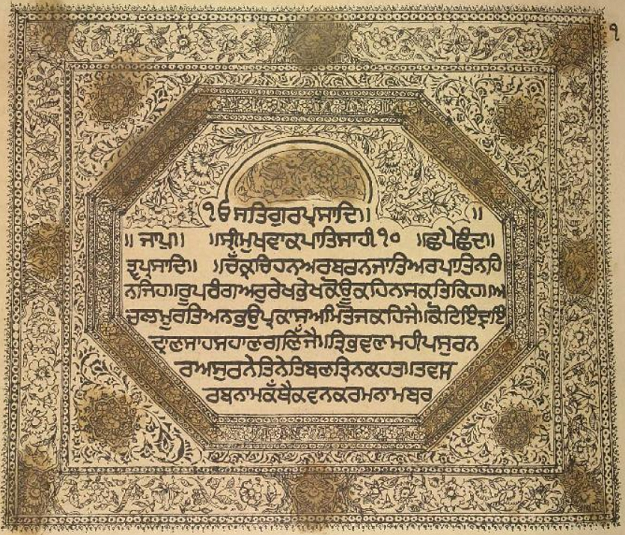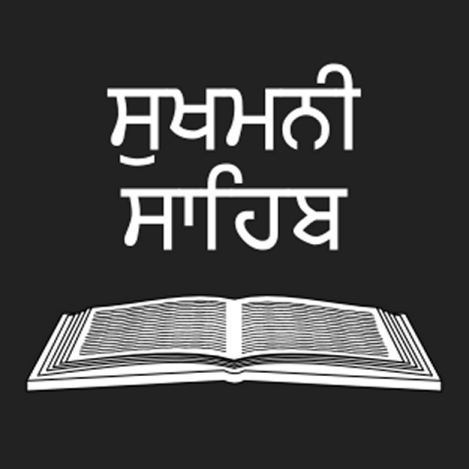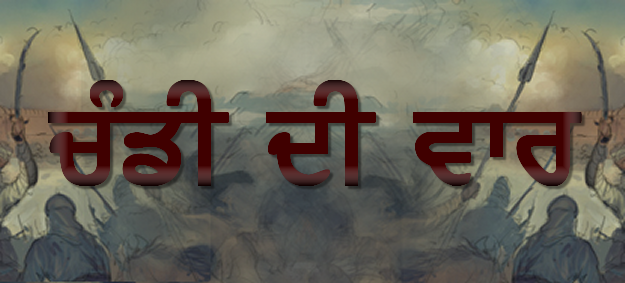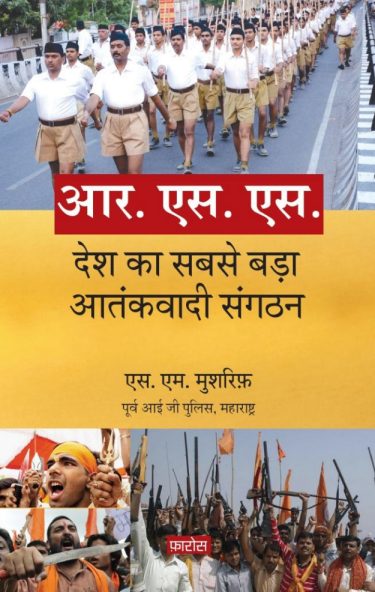
Dasvandh or Dasaundh, lit. a tenth part, refers to the practice among Sikhs of contributing in the name of the Guru one-tenth of their earnings towards the common resources of the community.
This is their religious obligation - a form of seva or humble service so highly valued in the Sikh system. The concept of dasvandh was implicit in Guru Nanak Dev Ji's own line: "ਘਾਲਿ ਖਾਇ ਕਿਛੁ ਹਥਹੁ ਦੇਇ ॥ ਨਾਨਕ ਰਾਹੁ ਪਛਾਣਹਿ ਸੇਇ ॥ - He alone, O Nanak, knoweth the way who eats out of what he earneth by his honest labour and yet shareth part of it with others" (GG, 1245). The idea of sharing and giving was nourished by the institutions of sangat (holy assembly) and langar (community kitchen) the Guru had established. In the time of Guru Amar Das Ji, a formal structure for channelizing Sikh religious giving was evolved.
He set up 22 mañjis or districts in different parts of the country, each placed under the charge of a pious Sikh who, besides preaching Guru Nanak Dev Ji's word, looked after the sangats within his/her jurisdiction and transmitted the disciple's offerings to the Guru. As the digging of the sacred pool, amrit-sar, and erection in the middle of it of the shrine, Harimandar, began under Guru Ram Das Ji entailing large amounts of expenditure, Sikhs were enjoined to set apart a minimum of ten per cent (dasvandh) of their income for the common pool, Guru ki Golak (q. v.). Masands, i. e. ministers and tithe collectors, were appointed to collect kar bhet (offerings) and dasvandh from Sikhs in the area they were assigned to, and pass these onto the Guru.
Dasvandh has since become part of the Sikh way of life. The custom bears parallels to Christian tithes requiring members of the church to pay a tenth part of the annual produce of their land or its equivalent in money to support it and the clergy, and to Muslim zakat requiring assignment of 2. 5 per cent of one's annual wealth for the welfare of the destitute and the needy. Classical Indian society had no set procedure for regulating donations or charities, though references are traceable such as those in Paraœar Rishi's writings urging the householder to reserve 1/21 part of his income for Brahmans and 1/31 part for the gods.
The Upanisads and the Bhagavadgita commend "true alms" given with a sense of duty in a fit place and at a fit time to a deserving person from whom one expects nothing in return. Dasvandh is, however, to be distinguished from dan or charity. It essentially attends to the needs of the community and contributions are made specifically for the maintenance of its religious institutions such as gurdwara and Guru ka Langar and projects of social welfare and uplift.
The custom of dasvandh was codified in documents called rahitnamas, manuals of Sikh conduct, written during the lifetime of Guru Gobind Singh or soon after. For example, Bhai Nand Lal's Tankhahnama records : "Hear ye, Nand Lal, says Gobind Singh, one who does not give dasvandh and, telling lies, misappropriates it, is not at all to be trusted. " The tradition has been kept alive by chosen Sikhs who to this day scrupulously fulfil the injunction. The institution itself serves as a means for the individual to practice personal piety as well as to participate in the ongoing history of the community, the Guru Panth.











